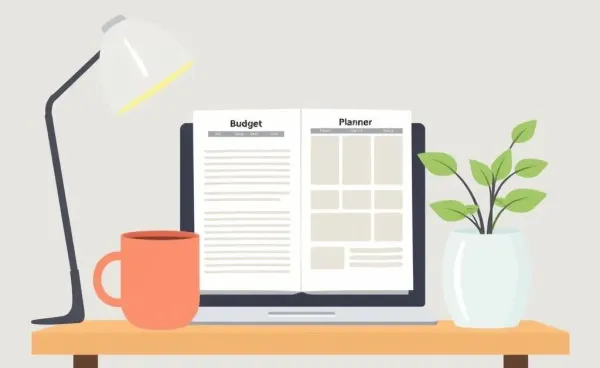How to Create a Balanced Stock Portfolio: Tips for Every Investor
Learn to build a balanced stock portfolio with practical tips and insights for every investor.

Ever wondered how some investors always seem to hit the mark with their stock portfolios, while others struggle? Let's dive into some practical insights and tips for creating a balanced stock portfolio that's more likely to thrive in diverse market conditions.
Understanding the Basics
When I first started investing, I was like a kid in a candy store, overwhelmed by choices and unsure where to start. It's normal to feel this way, but it’s important to ground yourself in fundamental knowledge. A balanced stock portfolio isn't about having a little bit of everything; it’s about smart choices tailored to your goals, risk tolerance, and time horizon.
Why Balance Matters
Think of your portfolio as a well-prepared garden — just planting seeds randomly won’t yield the best results. A balanced portfolio helps manage risk by spreading investments across different asset classes, minimizing the impact of any single underperformer.
Key Components of a Balanced Portfolio
- Diversification: Allocate your investments across various sectors and industries.
- Risk Assessment: Understand your risk appetite — risky stocks might yield high returns, but they can also lead to substantial losses.
- Regular Review: Keep track of your investments and adjust as needed to stay aligned with your goals.
- Cost Efficiency: Consider low-cost index funds or ETFs to keep fees in check.

Personal Experience: Alicia's Journey
Let me introduce you to Alicia, a fictional yet relatable character who spent years pouring over market trends with little to show for it. Her turning point came when she realized that owning 40 individual stocks wasn’t diversification, but rather a scattershot approach. By trimming her holdings and focusing on a core mix of index funds accessorized with a handful of individual stocks she felt passionate about, Alicia saw not only her portfolio's performance improve but also her stress levels drop.

Starting with Your Own Portfolio
If you're ready to start or refine your stock portfolio, here are a few steps to consider:
- Set Clear Goals: What are you investing for — retirement, a home, or future education?
- Research and Learn: Equip yourself with knowledge to make informed decisions.
- Start Small: Test the waters with a modest investment in ETFs or mutual funds before diving into individual stocks.
- Stay Committed: The market fluctuates, but sticking to your strategy during ups and downs is crucial for long-term success.
With these foundational strategies, you’re well on your way to building a healthy, balanced stock portfolio. Remember, it's not about getting rich overnight, but about steady, sustainable growth.

Conclusion: What's Your Strategy?
Creating a balanced stock portfolio is not a one-size-fits-all approach. What works for someone else might not work for you, but that's the beauty of personal finance — it's personal. What strategies or insights have you found most beneficial in your investing journey? Share your thoughts below!




